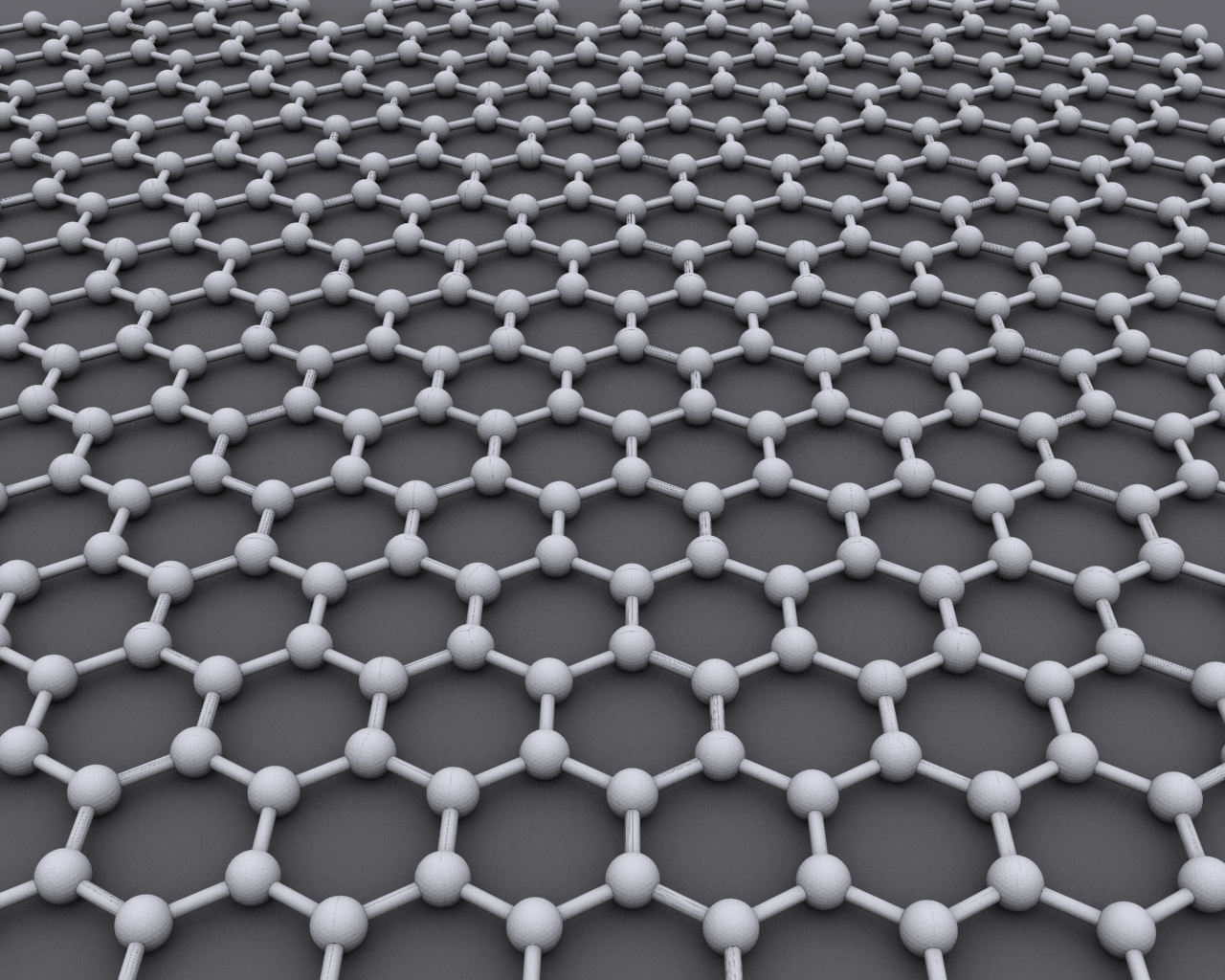When you want to see how anything works, whether it be a car, plant, or liver, you look inside. Everything fun and important is more than skin deep. The very first way of doing this was with dissections; getting your hands all dirty and such. In more recent years, we have progressed past this less precise method with technology like CT scans (that utilize x-rays) or MRI (which uses radio waves as well as a magnetic field). However, both of these methods have some serious drawbacks to them that restricts their use in certain fields. For instance, CT scans create images based on the density of materials, so if a specimen has a bunch of structures of similar densities, they can become very difficult to tell apart. MRIs on the other hand, are huge, clunky, complex, and crazy expensive (the bottom shelf MRI scanner costs more than $150,000, and they very quickly go up in price).
Clearly, the only way to solve this is with lasers. I mean, it worked with sharks.
 |
Much Better.
Image Courtesy of ThinkGeek.com |
Benjamin Hall, an undergrad who was working part time at the
ARL (Applied Research Lab) here at Penn State, has been working with a technique called Laser Ablation Tomography (even the name sounds cool) to image things. The technique is pretty simple: you put an object like a root (they love doing roots and other plants stuff) on a moveable platform, fire up your lasers, and vaporize your sample layer by layer. At each layer, you can take what is essentially a photograph, allowing you to stitch together a 3D model of the sample at the end, complete with the internal structures. It's sort of like those 'cross section of a brain' exhibits you see at some museums, only with much much thinner slices. What results is a model like the one you see below. Using these models you can explore the sample as much as you want with extreme precision (~1µm).
Plant structures are clearly not the only thing you can model with this technique; it could also be used for things like material analysis. On denim jeans for example! On a side note, on the gif of the denim below, if you look closely you can see little mini 'fires', which would make sense as denim is flammable and the lasers are pretty much burning the denim away layer by layer – its just cool to see that that was captured on the model.
Since Mr. Hall started developing the process he has started his own company, Lasers for Innovative Solutions, based here in State College. The company focuses on services for agricultural businesses, as the technology allows you to quickly phenotype specimens (see what physical traits they have) that would be difficult to do in another manner. For example you could see just how one of your new types of sorghum is developing differently compared to other varieties.
Today's world is all about speed. We have seen this most recently with rapid prototyping using 3D printing, and this Laser Ablation Tomography is another way that research and development can occur at faster speeds. Now data can be acquired on materials or specimens without having to stain or otherwise prepare them (remember how annoying it was trying to prepare slides in biology in high school?). It certainly will not replace other imaging technologies, but there are certain applications where this newer technology is superior both time and quality wise.
Penn State applied for and got a
patent on the process (with Benjamin Hall as co-inventor), and the technology is being used both in Hall's private company as well as in research labs at PSU, most notably in the
department of plant science.


